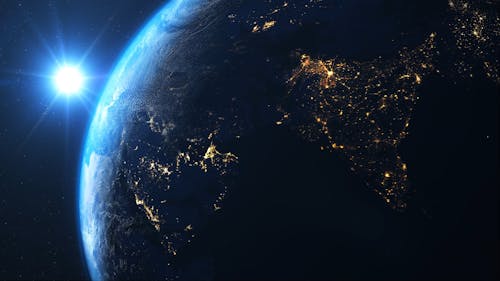Cosmology: Origin and Evolution of the Universe (Big Bang Theory)

Here's an overview of cosmology, including the origin and evolution of the universe according to the Big Bang Theory:
The Big Bang Theory:
1. The Universe Begins: Around 13.8 billion years ago, the universe began as an infinitely hot and dense point called a singularity.
2. Expansion and Cooling: The universe expanded and cooled, leading to the formation of subatomic particles, atoms, and eventually the first stars and galaxies.
3. Cosmic Microwave Background Radiation: The residual heat from the initial explosion, detectable in the form of microwave radiation, is thought to be the cosmic microwave background radiation.
Key Stages in the Universe's Evolution:
1. Inflation (0-10^-32 seconds): Rapid expansion smoothed out any irregularities in the universe.
2. Nucleosynthesis (10^-32-3 minutes): Protons and neutrons formed atomic nuclei.
3. Photon Decoupling (380,000 years): Electrons and protons combined, releasing photons that form the cosmic microwave background radiation.
4. Star and Galaxy Formation (1 billion years): Gravity caused matter to clump, forming the first stars and galaxies.
5. Large-scale Structure Formation (1-10 billion years): Galaxies clustered together, creating the cosmic web.
Evidence Supporting the Big Bang Theory:
1. Cosmic Microwave Background Radiation
2. Abundance of Light Elements
3. Large-scale Structure of the Universe
4. Redshift of Light from Distant Galaxies
Open Questions and Areas of Research:
1. Dark Matter and Dark Energy
2. Inflationary Theory
3. Origin of the Universe's Matter-Antimatter Asymmetry
4. Properties of the Early Universe
This summary covers the basics of the Big Bang Theory and the evolution of the universe.
✍ Share Your Knowledge with Our Community!
get rewards for paying bills
upto ₹250 off when you pay your first bill on CRED
